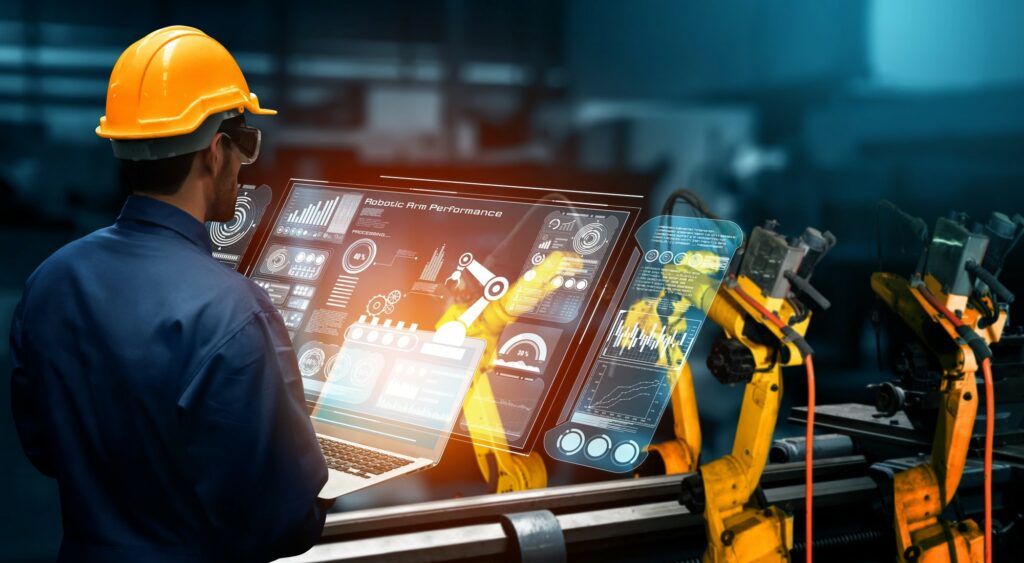Increasingly, digital twin and augmented reality (AR) technologies are working in tandem with one another to enable more seamless interactions between people, processes, and machines in complex physical spaces. This growing trend is sometimes classified underneath the umbrella term spatial computing, where artificial intelligence, camera sensors, computer vision capable of tracking environmental changes, and AR wearables that provide workers with a user interface combine. While data derived from Internet of Things connectivity allows digital twin simulations to be created from physical assets, spatial computing technology extends those simulations by using spatial perception and physical movement as additional input data. For example, human workers or autonomous mobile robots navigating a plant floor could provide data pertaining to their changing location to create a more dynamic digital twin. Similarly, remote workers could use AR headsets to directly interact with a digital twin in real-time.
AMI Awarded $2M Grant from Florida Department of Commerce to Deploy Smart Manufacturing Lab
TALLAHASSEE, FL – Advanced Manufacturing International (AMI) has been awarded a $2M grant

